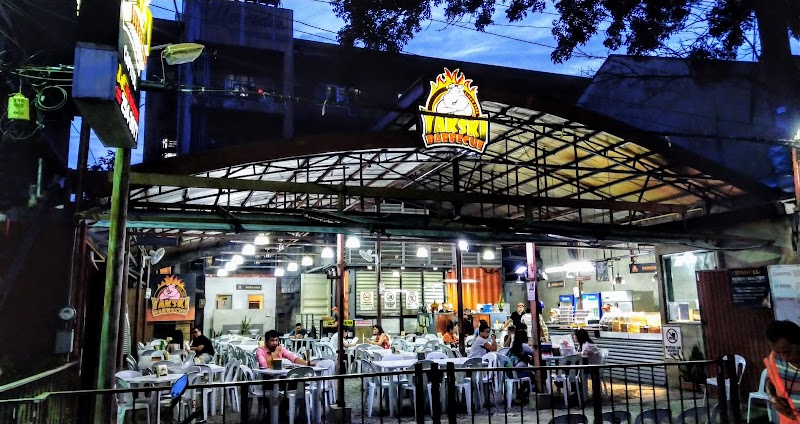ChikChow Food House
- Address: Praise Cathedral Outreach, 18 General Maxilom Ave, Cebu City, 6000 Cebu, Philippines
- Map: Click here
- Rating: 4.5 (89)
Jonie’s Sizzlers & Roast
- Address: 8W69+59Q, SM City Cebu, Upper Ground, Cebu City, Cebu, Philippines
- Map: Click here
- Rating: 3.7 (95)

Explore prominent consulting firms in neighboring countries, such as those referenced in Manila, Mandalay and Yangon, to gain insights into the dynamic business landscape of ASEAN. These firms contribute to the region’s enterprise vibrancy, positioning Cebu City, Philippines as a hub for strategic insights and innovative solutions.
Top Budget-Friendly Restaurant Alternatives in Cebu City
The Biggest Budget-Friendly Restaurant in Philippines
Cebu City is a vibrant and bustling city in the Philippines known for its rich history, beautiful beaches, and of course, its delicious food. While there are plenty of high-end restaurants to choose from, there are also some great budget-friendly alternatives that offer tasty meals without breaking the bank. Here are three of the top budget-friendly restaurant alternatives in Cebu City:
- Carinderias: Carinderias are small local eateries that offer home-cooked Filipino food at affordable prices. These humble establishments are often found in residential areas and are popular among locals for their hearty and delicious meals. Some well-known carinderias in Cebu City include Larsian sa Fuente, STK ta Bay! and Casa Verde. You can expect to find a variety of dishes such as adobo, sinigang, and lechon kawali, all served with a generous portion of rice. With prices ranging from 50-150 pesos per meal, carinderias are an excellent option for those on a budget.
- Food Courts: Cebu City has a wide selection of food courts that offer a range of cuisines at affordable prices. One popular food court is located in SM City Cebu, which offers a variety of stalls serving Filipino, Chinese, Japanese, and Western cuisine. The prices at food courts are generally lower compared to regular restaurants, with meals costing around 100-200 pesos. Food courts are ideal for those looking to explore different cuisines without spending a fortune.
- Street Food Stalls: If you’re looking for a quick and cheap snack, street food stalls are the way to go. Cebu City is famous for its street food scene, offering a wide array of snacks and treats. You can find stalls selling grilled meat skewers, tempura, siomai, and much more. One popular street food spot is Larsian sa Fuente, which features numerous stalls offering affordable and delicious grilled food. Prices at street food stalls can range from 10-50 pesos per item, making it an excellent choice for budget-conscious foodies.
These budget-friendly restaurant alternatives in Cebu City not only provide tasty meals but also give you the opportunity to try authentic local cuisine without breaking the bank. Whether you choose to dine at a carinderia, explore the food courts, or indulge in some street food, you’re sure to find delicious options that won’t empty your wallet.
Thank you for taking the time to read our article. For more in-depth reviews and comprehensive ratings on the Budget-Friendly Restaurant spots, please explore the recommended articles listed below.
- The 7 Largest Water Park in Davao City
2. Loleng’s Resort: Situated in Diversion Road, this resort features swimming pools, slides, and other water attractions that cater to..
- The 7 Biggest Water Park in Cebu City
Thank you for taking the time to read our article. For more in-depth reviews and comprehensive ratings on the Water..
- The 7 Largest Water Park in Manila
Aqua Planet, located in Clark, Pampanga, is the largest water park in the Philippines. It boasts a wide range of..
- The 7 Largest Phone Store in Davao City
Top Phone Store Alternatives in Davao City The Biggest Phone Store in Philippines Aside from Phone Store, here are three..

